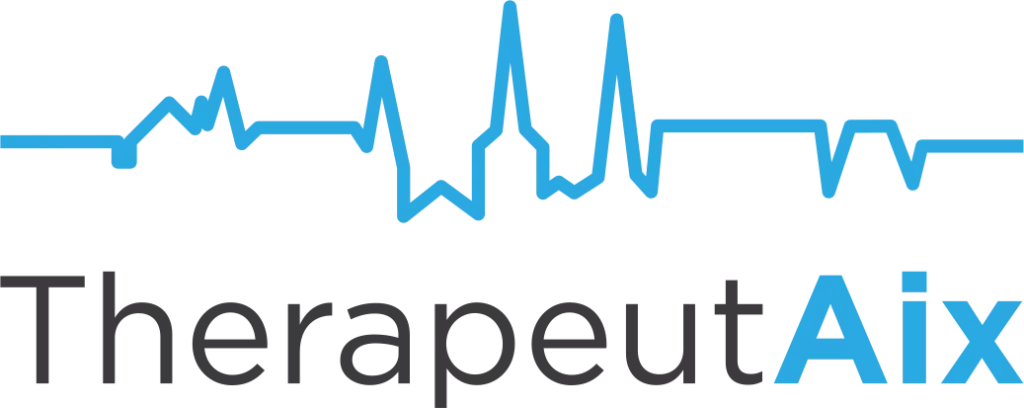In late June, Simon Cruwys (Director, Pharmacology) attended and presented at the Fraunhofer Models of Lung Disease 2024 meeting in Hannover. This conference brought together speakers and experts from industry and academia to discuss the latest advances respiratory research.
This year’s meeting focused on infection, clinical development, epidemiology, prevention and drug development in respiratory diseases. As usual, the Fraunhofer ITEM created an interesting programme and the presentations were followed by lively discussions and then an equally lively poster session. Selected highlights of the agenda included a session on drug development for lung disease, covering precision medicine aspects; another on translational research in advanced human tissue models for antifibrotic drug discovery was discussed; and a session on in lung disease. Equally interesting was a session on understanding the mechanisms of onset and exacerbation in asthma, COPD, and lung fibrosis. This included presentations on disease characterisation and biomarker discovery, development of precision medicine in fibrosis, and the multiscale and multiomics analysis of lung fibrosis.
More specifically, fibrotic lung diseases were well covered with a number of interesting and thought provoking presentations with lively discussions focused on the lack of progress in developing new therapies for these diseases. Presentations ranged from new approaches in target identification, drug repurposing through to improvements in the ubiquitous bleomycin model. Simon presented a talk on “How do recent clinical trial results influence the evolution of preclinical assays and the projects that they support?”. His talk brought together several observations, based on the difficulty in translating promising preclinical data to effective therapies in lung fibrosis.
A key message of Simon’s talk was that future therapies will need to be carefully positioned, whatever the results from the ongoing late-stage clinical trials. He proposed that, in addition to TGF pathway focused oral therapies, new projects based on inhalation delivery of non-TGF pathway therapies will become increasingly important. In order to support these projects there is a need to develop new preclinical assays and it was a pleasure to present exemplar data from studies in novel assays developed in collaboration with our customers and service provider colleagues. A big thank you to Nuformix, Odin Therapeutics, Nordic Bioscience and Fraunhofer ITEM for their contributions!
The meeting organisers are already planning the 2025 meeting, and we hope to see more data from our collaborations presented then. Before this we are looking forward to seeing presentations at the ERS meeting in Vienna.
In the meantime, reach out to us to discuss your drug development projects in IPF, fibrotic disease, and beyond.

